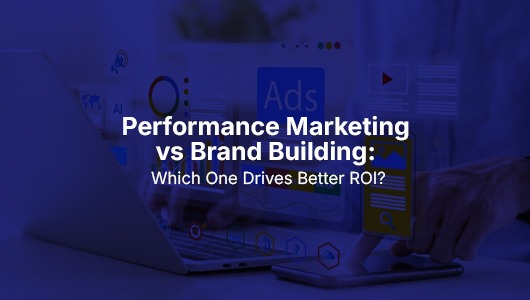Search engines and Search Engine Optimization (SEO) have faced a huge transformation due to Artificial Intelligence. Advanced AI algorithms raised this revolution translating it from traditional keyword-based strategies into deeper understanding; both for user intent, and content quality. This blog post highlights major overhauls like machine learning on search engines as well as outlining subsequent implications on search engine optimization professionals with emphasis on AI Search Engine Optimization.
AI has brought about one of the major transformations from keyword-oriented methods of comprehending users’ needs. In the earlier days, search engine optimization tactics depended a lot upon finding matches between words typed by the researcher and what was present within the database itself. Nonetheless, search engines have advanced vastly in understanding the meaning and context behind each query alongside the introduction of artificial intelligent algorithms like RankBrain by Google and BERT.
RankBrain helps Google to process search results using a machine learning-based algorithm. Consequently, the search engine provides more relevant results for complex or ambiguous queries. Although RankBrain was introduced in 2015, its features have since been updated with BERT (launched in 2019) which allows for a greater understanding of words’ context in a search query. This move is to say that at the moment search engines are able to understand user queries in a better way, hence make more accurate and appropriate search outcomes.

Content creation has become customer-driven with the help of AI that can decipher the intentions of a user. In its Helpful Content Update, Google has exemplified this new focus by granting priority to those sites that add real value for the user. This implies that authors need to take most care when producing their content and ensure it is novel, captivating, and thought-provoking. More importantly, the written material should directly relate to whatever questions the targeted readers had asked earlier.
Quality content goes beyond mere keyword inclusion; it must be all-encompassing, well-researched and precise to users’ needs. This change over time has also seen more concentration towards content that is more in-depth, credible as well as consumer oriented.
Rich Search Engine Results Page features also have been developed using Artificial Intelligence. They are aimed to promote user engagement and provide fast answers. Quick answers come in such forms as knowledge panels, featured snippets and People Also Ask sections. The top of search results is where the featured snippet takes a brief information that users may need shortly and extracts it from any webpage.
In order to benefit the most from these features of structured data, your words should be exact, with answers getting directly to the point while showing authority in the topic. This type of data ensures that search engines will show it more often through Schema markup, therefore enhancing its visibility on such platforms as the Result Pages (SERPs).
The E-A-T principles are highly stressed on AI algorithms as applied by Google. Content quality and its creator are assessed using E-A-T by Google. Authoritativeness, trustworthiness as well as expertise are usually what high-quality content comprises. Therefore, in order to create such type of material you must possess knowledge in your field and present exact facts that can be trusted by readers around you.
To be considered as a specialist in information retrieval optimization, you only need to be able to concentrate on three things: turning out content that will scientifically establish your competence in the subject-matter of the visibility of websites; linking internally using the acceptable sources; keeping your work honest and highly professional.
This is because they include click-through rates (CTR), dwell time, and bounce rates. AI algorithms analyze how people interact with content using these indicators. Good user engagement signals mean good search rankings because it shows that users perceive content to be valuable or useful.
In order for user engagement to be improved upon, the content should be engaging, consistently structured and easy to navigate using clear headings, bullet points, images among other visual elements that enhance readability and user experience.
Additionally, AI has made possible more personalized and localized search outcomes; outcomes which are tailored in terms of user actions, interests, and whereabouts. This implies that firms interested in attracting prospect customers within their geographical areas should give priority to local SEO tactics.
Optimizing content for local key phrases, Creating Google My Business Profiles and encouraging customer reviews are








